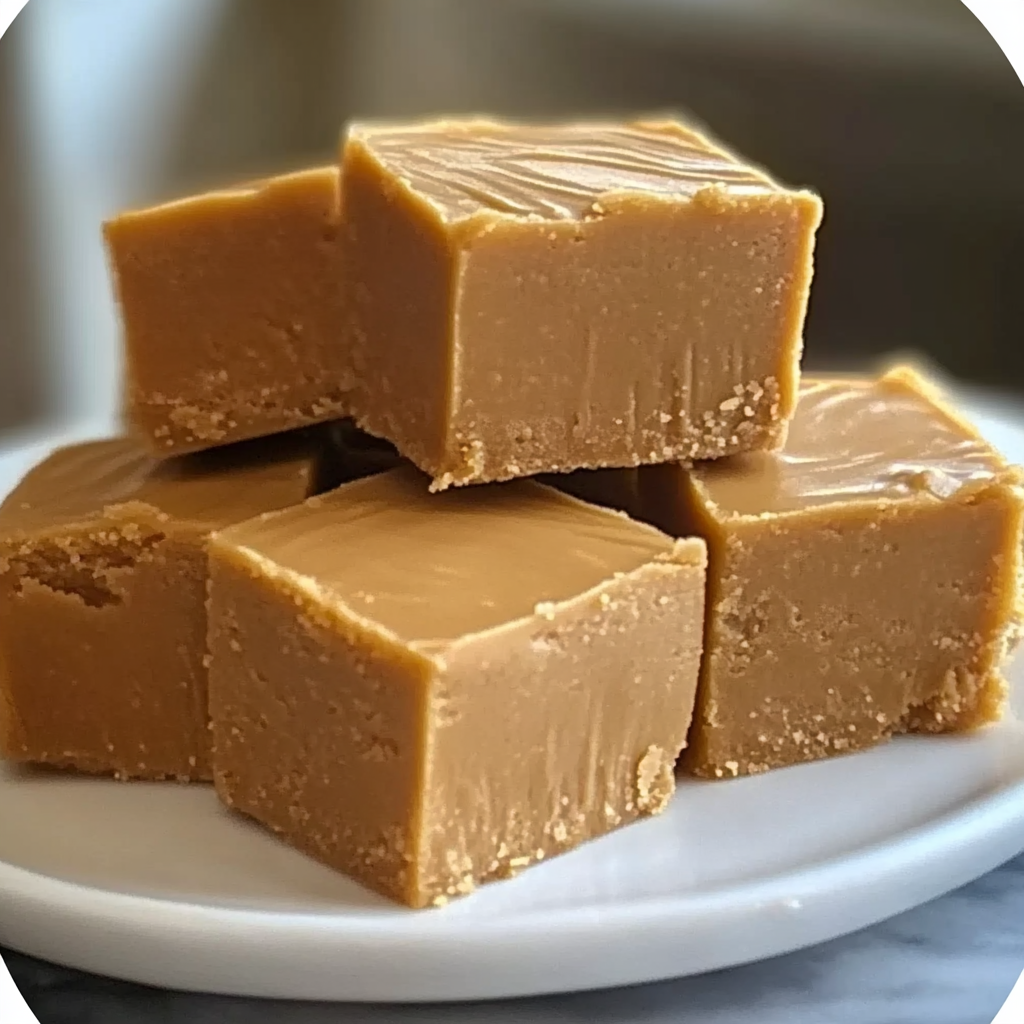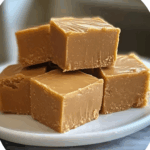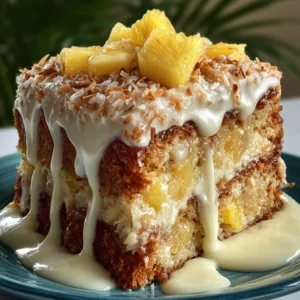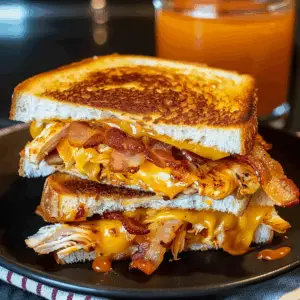What Is Peanut Butter Fudge?
Peanut butter fudge is a beloved confection that brings together the creamy richness of peanut butter with the melt-in-your-mouth texture of traditional fudge. Originating from the classic American fudge family, this variation swaps the typical chocolate base with smooth peanut butter, offering a distinct flavor and an irresistible treat that’s both nostalgic and satisfying.
This sweet delicacy likely rose to popularity during the 20th century when peanut butter became a staple in American households. While fudge itself has roots tracing back to the late 19th century — see the history of fudge for deeper insights — peanut butter fudge took its place as an easier, no-fuss version that doesn’t always require specialized equipment like a candy thermometer.
Unlike traditional fudge, which often includes chocolate, heavy cream, and sometimes marshmallow crème, peanut butter fudge typically requires fewer ingredients and less cooking time. In many easy fudge recipes, it’s not uncommon to find just sugar, milk, peanut butter, and vanilla extract. These simple staples make it incredibly accessible, even for beginner bakers.
The simplicity of peanut butter fudge makes it perfect for quick homemade desserts, gifts, or festive occasions. Thanks to platforms like Pinterest, creative home bakers have shared endless variations — from chocolate-swirled versions to festive holiday fudge decorated with sprinkles and nuts.
While the foundational ingredients remain consistent, what truly sets this treat apart is its ability to adapt. You can opt for natural peanut butter for a more wholesome profile (learn more about the difference between natural and commercial peanut butter) or go for chunky peanut butter for added texture.
Peanut butter fudge offers the perfect balance of sweet and salty, creamy and dense. Whether you’re making it for a family gathering or indulging solo, it’s a dessert that captures the essence of comfort and simplicity in every bite.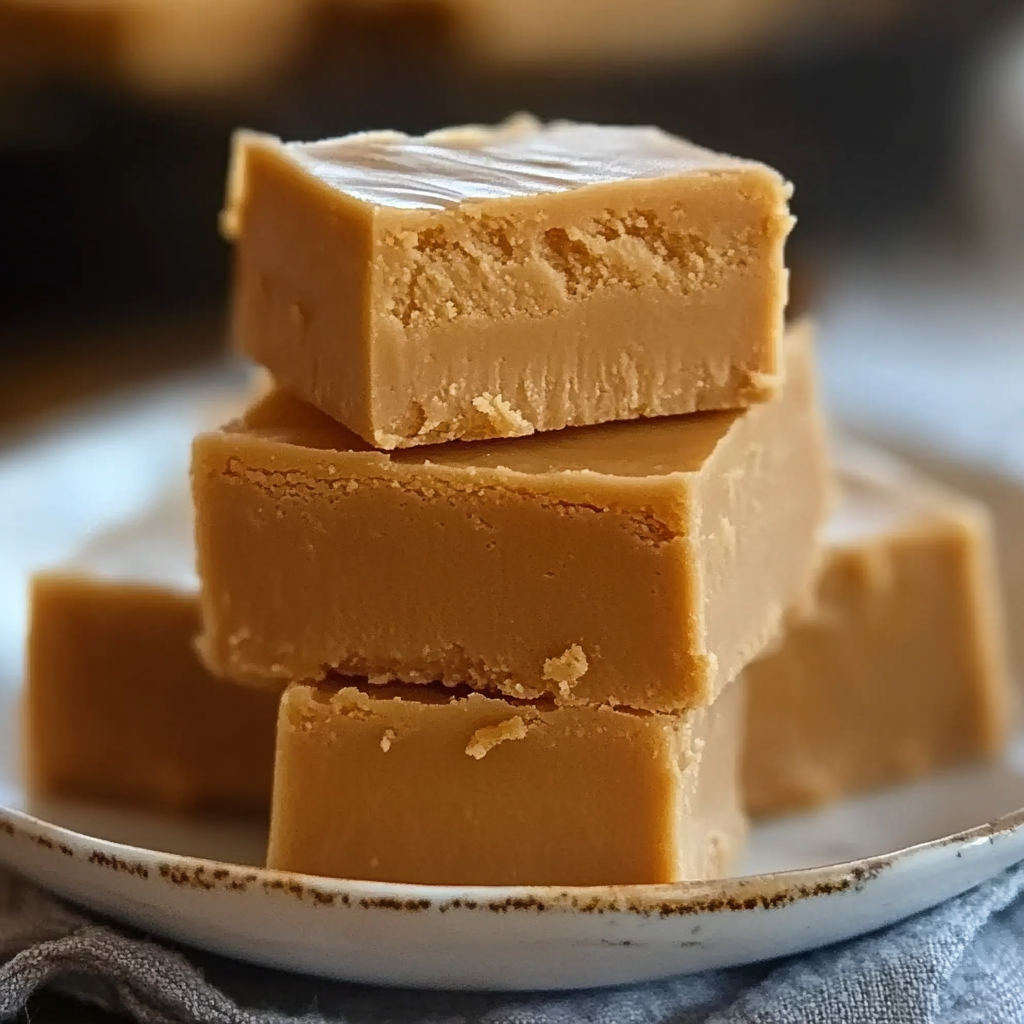
Why You’ll Love These Easy Peanut Butter Fudge Recipes
There’s something undeniably comforting about a dessert that’s both indulgent and effortless to make. Easy peanut butter fudge recipes deliver on both fronts, offering a rich, creamy texture and bold, nutty flavor with minimal ingredients and time investment. Whether you’re an experienced home baker or just starting out, these recipes are a dream come true.
What makes peanut butter fudge stand out is its simplicity. Most versions require just four or five pantry staples — sugar, milk, peanut butter, and vanilla extract — and skip complicated steps like tempering or precise temperature monitoring. Compared to traditional chocolate fudge, which may need special tools or techniques, this treat can be whipped up in less than 15 minutes. It’s a true no-fail dessert, perfect for spontaneous cravings or last-minute get-togethers.
Thanks to its quick prep time and foolproof nature, it’s also a popular choice for gifting. Homemade goodies like fudge wrapped in creative packaging — check out Pinterest gift wrapping ideas — are cherished during the holidays or as thoughtful year-round surprises. These easy peanut butter fudge recipes can be easily adapted for special occasions by adding colorful toppings or shaping the fudge into themed molds.
For those exploring allergy-friendly or dietary-specific options, the adaptability of this recipe is a bonus. Vegan and dairy-free versions can use plant-based milk or natural nut butters. You can also find inspiration for such variations by browsing through dairy-free dessert ideas that highlight creative ingredient swaps.
Ultimately, peanut butter fudge is more than a sweet treat — it’s a canvas for creativity and a time-saving solution for any dessert need. Its rich flavor and silky consistency make it a satisfying indulgence you’ll keep coming back to, and with so many ways to make it your own, there’s a version for everyone.
Core Ingredients Breakdown and Their Purpose
Understanding the role of each ingredient in easy peanut butter fudge is essential for mastering the recipe and achieving that perfectly smooth, melt-in-your-mouth texture. Each component serves a specific function in texture, flavor, or structure. Let’s break them down one by one.
1. Sugar
The base of any fudge, sugar provides sweetness and helps form the fudge’s firm yet creamy texture. In most recipes, granulated sugar is used due to its availability and crystal-forming properties. Sugar contributes to the crystallization process, which, when controlled correctly, leads to the smooth consistency fudge is known for. Learn more about sugar crystallization to better understand how it impacts candy-making.
2. Milk
Milk adds moisture and richness, helping dissolve the sugar and ensuring a creamy texture. Recipes may call for whole milk, but some versions use evaporated milk or plant-based milk for dairy-free alternatives. The milk also reacts with the sugar during boiling, contributing to the caramelized flavor often present in fudge.
3. Peanut Butter
This is the star of the recipe. Peanut butter provides the base flavor, creamy mouthfeel, and the fat that gives fudge its luscious texture. You can use either smooth or crunchy peanut butter, though smooth yields a more uniform result. When selecting a peanut butter, consider the type: natural peanut butter (often just peanuts and salt) may affect the texture due to oil separation. The debate on natural vs commercial peanut butter is relevant here — commercial peanut butter tends to produce more consistent results.
4. Vanilla Extract
Vanilla extract enhances the flavor of the fudge by adding depth and a subtle warmth that balances the sweetness of the sugar and richness of the peanut butter. It’s a small ingredient that makes a big difference in elevating the final flavor profile. You can explore more about this key flavoring on the vanilla extract Wikipedia page.
Optional Additions
While the core recipe keeps things simple, many easy peanut butter fudge recipes are adaptable. Common optional ingredients include:
-
Butter – Adds richness and improves mouthfeel
-
Marshmallow crème – Prevents crystallization and creates a creamier texture
-
Sweetened condensed milk – Acts as a two-in-one sweetener and thickener, used in no-boil versions
-
Salt – Balances sweetness and enhances flavor
-
Mix-ins – Chopped nuts, chocolate chips, or pretzels for texture and variety
When exploring easy fudge recipes, platforms like Pinterest offer countless customizable versions — from vegan peanut butter fudge to chocolate-layered variations
The Science Behind Smooth, Creamy Fudge
Achieving that perfectly creamy texture in peanut butter fudge isn’t just about following a recipe — it’s about understanding the science of sugar and fat interactions. The secret lies in how you control the sugar’s crystallization and balance the ingredients.
Sugar Crystallization: The Key to Texture
The defining element of fudge is its smooth yet firm bite. This is created through a precise process called controlled crystallization. If sugar crystals form too quickly or in large clusters, your fudge will become gritty instead of creamy. When boiling the sugar and milk mixture, it’s essential to:
-
Stir constantly to avoid burning
-
Boil for a short, specific period (usually 2–3 minutes)
-
Avoid scraping the sides of the pan once boiling begins
This process helps ensure that small sugar crystals form uniformly, leading to a smooth texture. Curious about how this works? Check out the detailed explanation of sugar crystallization in candy.
Fat and Protein: The Role of Peanut Butter and Milk
The fats in peanut butter and the proteins in milk help to interfere with sugar crystallization, giving fudge a creamy, melt-in-your-mouth feel. This is why natural peanut butter — which often lacks stabilizers — can lead to inconsistent results. Commercial peanut butter provides better texture stability due to its uniform composition, which you can learn more about on the peanut butter Wikipedia page.
Additionally, the moisture in milk and peanut butter helps soften the sugar matrix, resulting in the desirable chewy consistency rather than a hard candy texture.
Temperature Control Is Everything
Even though many easy peanut butter fudge recipes don’t require a thermometer, understanding temperature is still critical. If your mixture boils too long, it can result in crumbly or overly hard fudge. Too short, and the fudge may not set. Sticking to the 2–3 minute boiling time is essential for most stovetop versions.
Using sweetened condensed milk instead of granulated sugar and regular milk can also help stabilize the outcome, as it simplifies the chemistry by incorporating sugar and milk solids into one ingredient. You’ll often see this method in no-bake peanut butter fudge recipes featured on Pinterest, especially for beginners.
By understanding the interactions between sugar, fat, and temperature, you’ll gain control over your fudge’s outcome and be able to tweak textures and firmness to your preference.
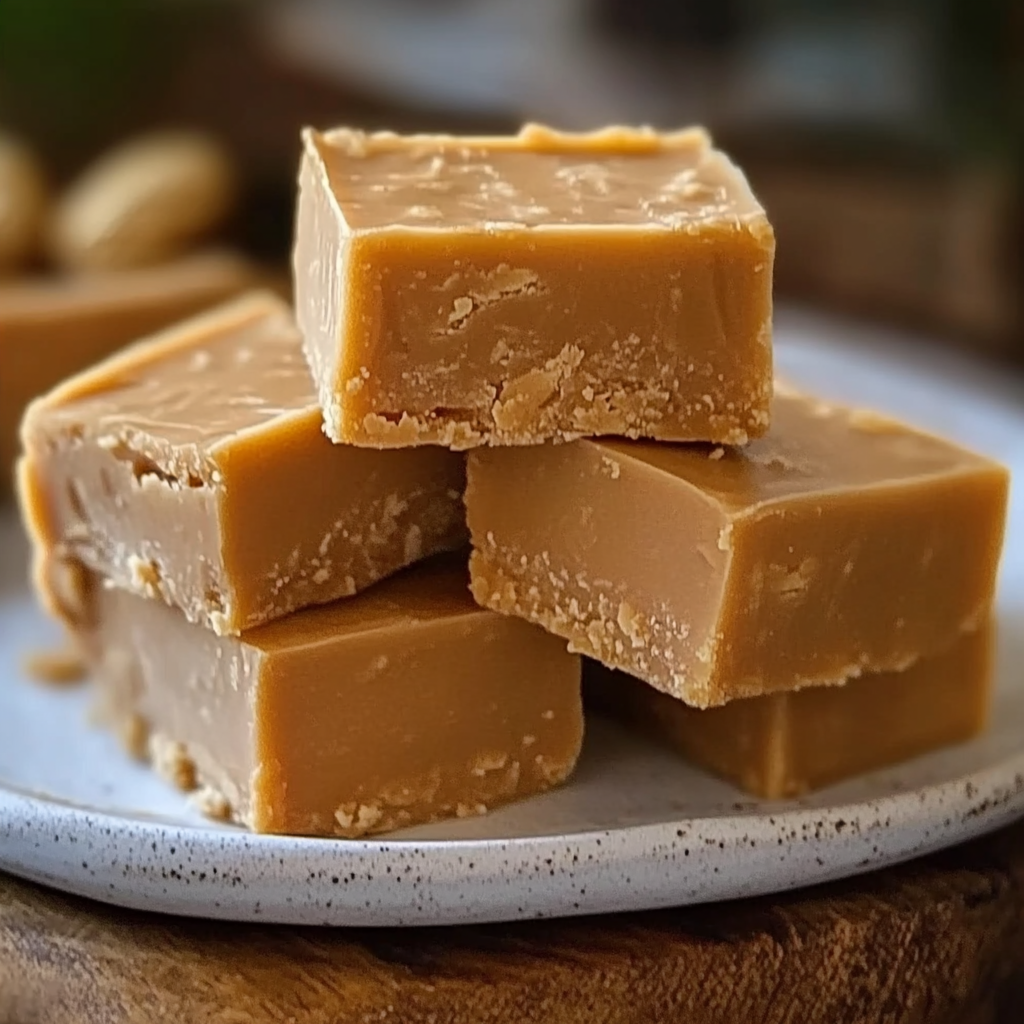
Classic Easy Peanut Butter Fudge Recipe (Step-by-Step)
Making peanut butter fudge at home doesn’t have to be complicated. This classic version is beloved for its simplicity, quick prep time, and foolproof results. With only a few ingredients and minimal steps, you’ll have a rich, creamy dessert ready in no time.
Ingredients:
-
2 cups granulated sugar
-
½ cup milk
-
1 cup peanut butter (smooth or crunchy)
-
1 tsp vanilla extract
Equipment:
-
Medium saucepan
-
Wooden spoon or silicone spatula
-
8×8-inch square pan
-
Parchment paper or non-stick spray
Instructions:
-
Prepare your pan: Grease an 8×8-inch square pan or line it with parchment paper for easy removal.
-
Boil sugar and milk: In a medium saucepan over medium heat, combine the sugar and milk. Stir frequently until the mixture reaches a rolling boil.
-
Cook briefly: Let the mixture boil for 2–3 minutes, continuing to stir. This step helps dissolve the sugar fully and begins the candying process.
-
Add peanut butter and vanilla: Remove the pan from the heat. Quickly stir in the peanut butter and vanilla extract until smooth and fully combined.
-
Pour and spread: Immediately pour the fudge mixture into your prepared pan and spread it evenly with a spatula.
-
Cool and set: Let the fudge sit at room temperature until it firms up, typically within 1–2 hours. For faster results, place it in the refrigerator for 30–45 minutes.
-
Slice and serve: Once set, cut into bite-sized squares and enjoy.
This recipe is incredibly forgiving and can be adjusted to suit your preferences. Explore options like adding a pinch of salt or topping it with chopped nuts. For gift-giving or festive presentation, refer to Pinterest’s holiday dessert inspiration.
How to Customize Your Fudge: Variations You’ll Love
One of the best parts of making peanut butter fudge is how easily it adapts to your flavor cravings or dietary needs. Whether you want something crunchy, salty, or extra rich, these ideas will upgrade your basic recipe.
Flavor and Texture Variations:
-
Crunchy peanut butter: Adds texture and a nutty bite.
-
Swirled chocolate: Mix melted chocolate into half of the fudge mixture and swirl for a marbled look.
-
Nutella fudge: Add ¼ cup of Nutella for a hazelnut twist.
-
Salted peanut topping: Sprinkle chopped salted peanuts on top before setting.
-
Pretzel crunch: Crushed pretzels create a salty-sweet balance and extra crunch.
Dietary Customizations:
-
Vegan/Dairy-free: Use almond or oat milk and natural peanut butter. Try coconut milk for extra creaminess — Pinterest has creative vegan fudge ideas.
-
Sugar-free: Replace sugar with erythritol or monk fruit sweetener (adjust boiling time).
Use these variations as a base to experiment. You can find endless inspiration from the dairy-free dessert ideas collection that feature plant-based swaps and clean-label options.
Troubleshooting Common Fudge Mistakes
Even with an easy peanut butter fudge recipe, it’s possible to hit a snag. Here are common problems and how to fix them:
My fudge is too soft:
-
You may not have boiled the sugar and milk mixture long enough.
-
Try refrigerating the fudge to help it set.
My fudge is dry or crumbly:
-
The mixture might have been overcooked. Next time, reduce the boiling time to just 2–3 minutes.
-
Adding a tablespoon of butter during mixing can help.
My fudge has a gritty texture:
-
Sugar crystals formed too quickly. Stir constantly and avoid scraping the sides of the pan during boiling.
My fudge didn’t set at all:
-
Check that the sugar was fully dissolved before adding the peanut butter.
-
Consider using a candy thermometer next time for precise control.
You can prevent most of these issues by following exact timing and using consistent ingredients like commercial peanut butter.
Storing and Freezing Peanut Butter Fudge
Proper storage is essential for maintaining the freshness and texture of your peanut butter fudge.
At room temperature:
-
Store in an airtight container.
-
Keeps fresh for up to 1 week.
-
Separate layers with wax paper to prevent sticking.
In the refrigerator:
-
Extend shelf life up to 2–3 weeks.
-
Let it sit at room temp for 10 minutes before serving for the best texture.
Freezing tips:
-
Wrap individual squares in parchment or wax paper.
-
Store in a freezer-safe bag or container.
-
Lasts up to 3 months. Thaw in the fridge overnight before serving.
Freezing is especially helpful if you’re making fudge ahead for events or holiday gifts — check out these Pinterest packaging ideas for storing or gifting.
Serving Suggestions and Presentation Tips
How you present your peanut butter fudge can elevate it from a simple treat to an impressive dessert or thoughtful gift.
For casual servings:
-
Cut into uniform squares and serve on a dessert platter.
-
Pair with coffee or hot chocolate for a cozy touch.
For special occasions:
-
Use mini cupcake liners for individual servings.
-
Drizzle with chocolate or caramel.
-
Add edible glitter or sprinkles for holidays.
For gifting:
-
Wrap in wax paper and place in a decorated box or mason jar.
-
Use ribbon, labels, or stickers to personalize.
-
Refer to Pinterest’s easy holiday dessert wrapping for creative packaging ideas.
These thoughtful details make peanut butter fudge a versatile option, perfect for birthdays, bake sales, or seasonal celebrations.
Peanut Butter Fudge for Special Diets
With a few easy swaps, you can make peanut butter fudge that fits a variety of dietary needs.
Gluten-Free:
-
Naturally gluten-free if using pure ingredients.
-
Check labels for additives in peanut butter or vanilla extract.
Vegan:
-
Use plant-based milk like almond, oat, or coconut.
-
Choose natural peanut butter without added dairy or honey.
Sugar-Free:
-
Replace granulated sugar with sugar substitutes like stevia or monk fruit.
-
Be aware that consistency may slightly differ.
These versions are widely shared in communities focused on dairy-free dessert ideas, making it easier to adapt your fudge for any dietary preference.
Peanut Butter Fudge for Every Occasion
Peanut butter fudge is a year-round favorite. Its simple ingredients and make-ahead convenience make it perfect for countless events.
Occasions to serve:
-
Holiday gatherings (Christmas, Thanksgiving, Easter)
-
Birthdays and baby showers
-
School functions and bake sales
-
Care packages and thank-you gifts
Add festive touches like red and green sprinkles for the holidays, or pastel toppings for spring celebrations. For more themed inspiration, explore Pinterest’s homemade fudge presentations.
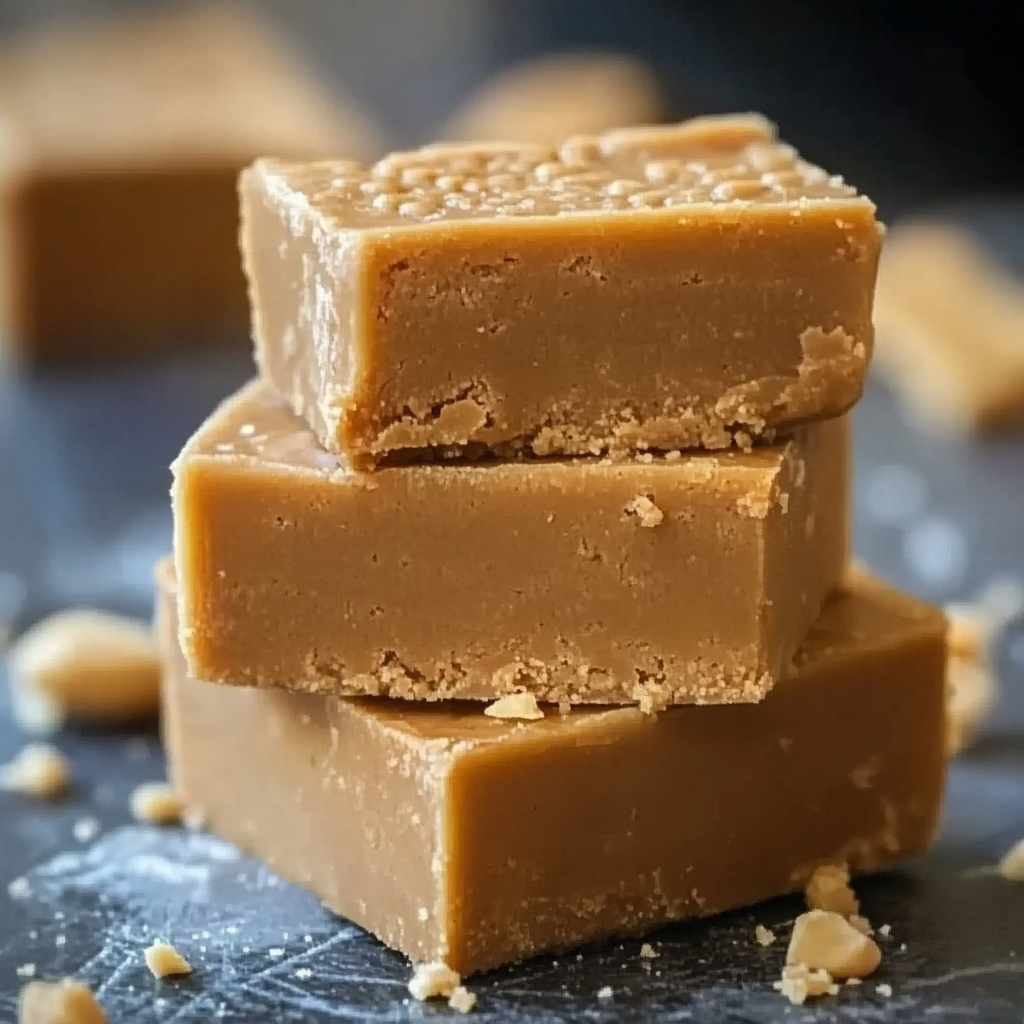
FAQs: Peanut Butter Fudge Questions Answered
Can you make peanut butter fudge without condensed milk?
Yes, this classic recipe uses granulated sugar and milk instead. You can also use sweetened condensed milk for a richer, denser version.
Why didn’t my peanut butter fudge set properly?
It’s usually due to undercooking. Ensure you boil the sugar and milk mixture for 2–3 minutes. Also, avoid using natural peanut butter with oil separation.
Can I freeze peanut butter fudge?
Absolutely. Wrap individual pieces in parchment and store in a freezer-safe container for up to 3 months.
What’s the difference between fudge and peanut butter fudge?
Traditional fudge is typically chocolate-based, while peanut butter fudge uses peanut butter as the main flavor and requires fewer ingredients.
Can I use natural peanut butter in fudge?
You can, but it may affect texture due to its oil content. For best results, use commercial peanut butter.
PrintYour Ultimate Guide to Easy and Creamy Butter Fudge Recipes
This easy peanut butter fudge recipe delivers rich, creamy flavor with minimal effort. Made with just four simple ingredients — sugar, milk, peanut butter, and vanilla extract — it comes together in under 15 minutes and sets quickly, making it the perfect last-minute treat or edible gift.
- Author: Clara
Ingredients
- 2 cups granulated sugar
- ½ cup milk
- 1 cup peanut butter (smooth or crunchy)
- 1 tsp vanilla extract
Instructions
Grease an 8×8-inch square pan and set it aside.
In a medium saucepan, combine the sugar and milk. Bring to a boil over medium heat, stirring frequently.
Continue to boil for 2–3 minutes, then remove from heat.
Immediately stir in the peanut butter and vanilla extract until smooth and well combined.
Quickly pour the mixture into the prepared pan and spread evenly.
Let it cool at room temperature until set, then cut into squares and serve.
Notes
-
For best texture, use commercial smooth peanut butter.
-
Be precise with boiling time to avoid grainy fudge.
-
Add toppings like nuts or chocolate chips for variety.
-
Store in a cool, dry place or refrigerate for longer shelf life.
-
Freezes well, so it’s great to make ahead.
